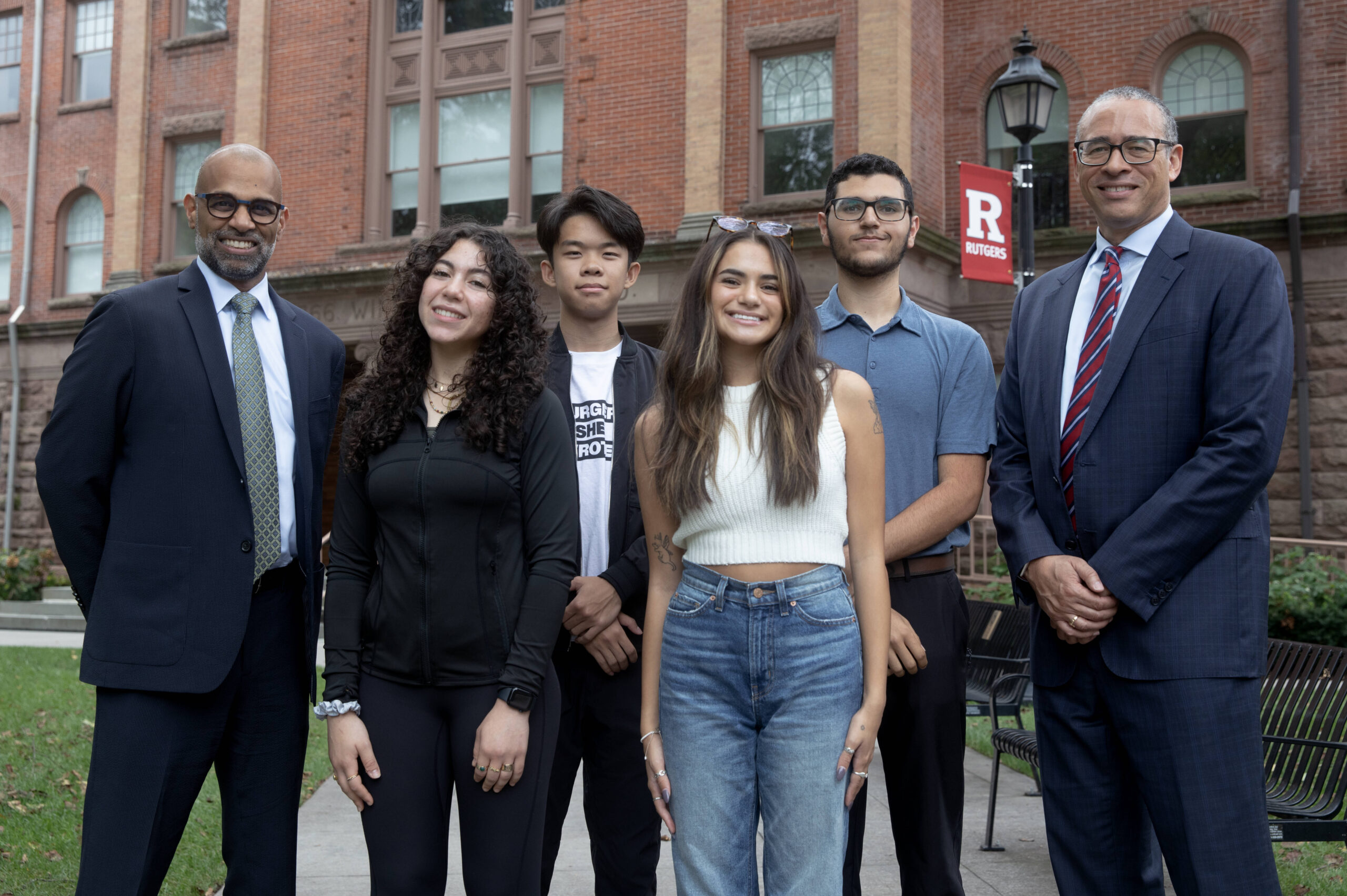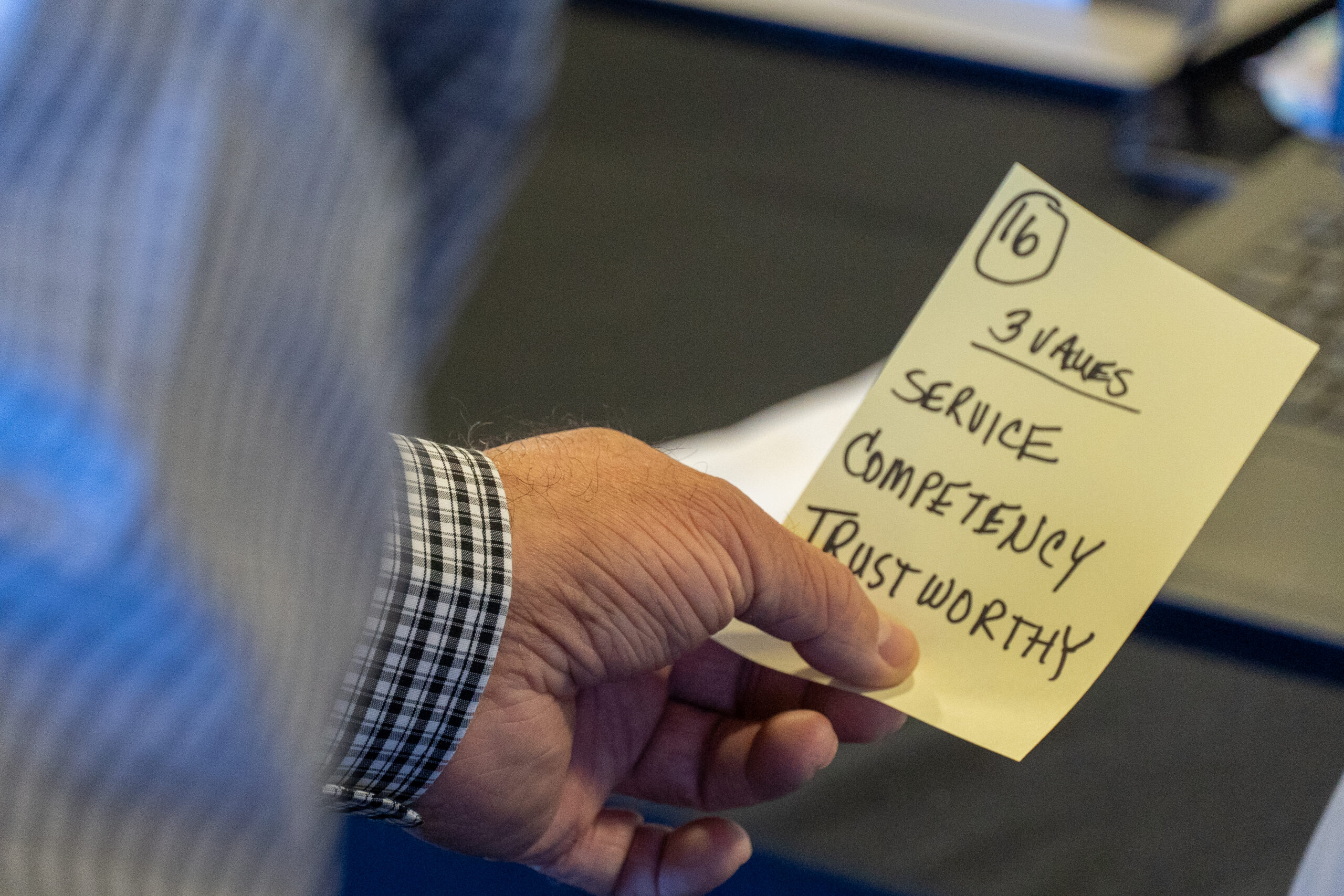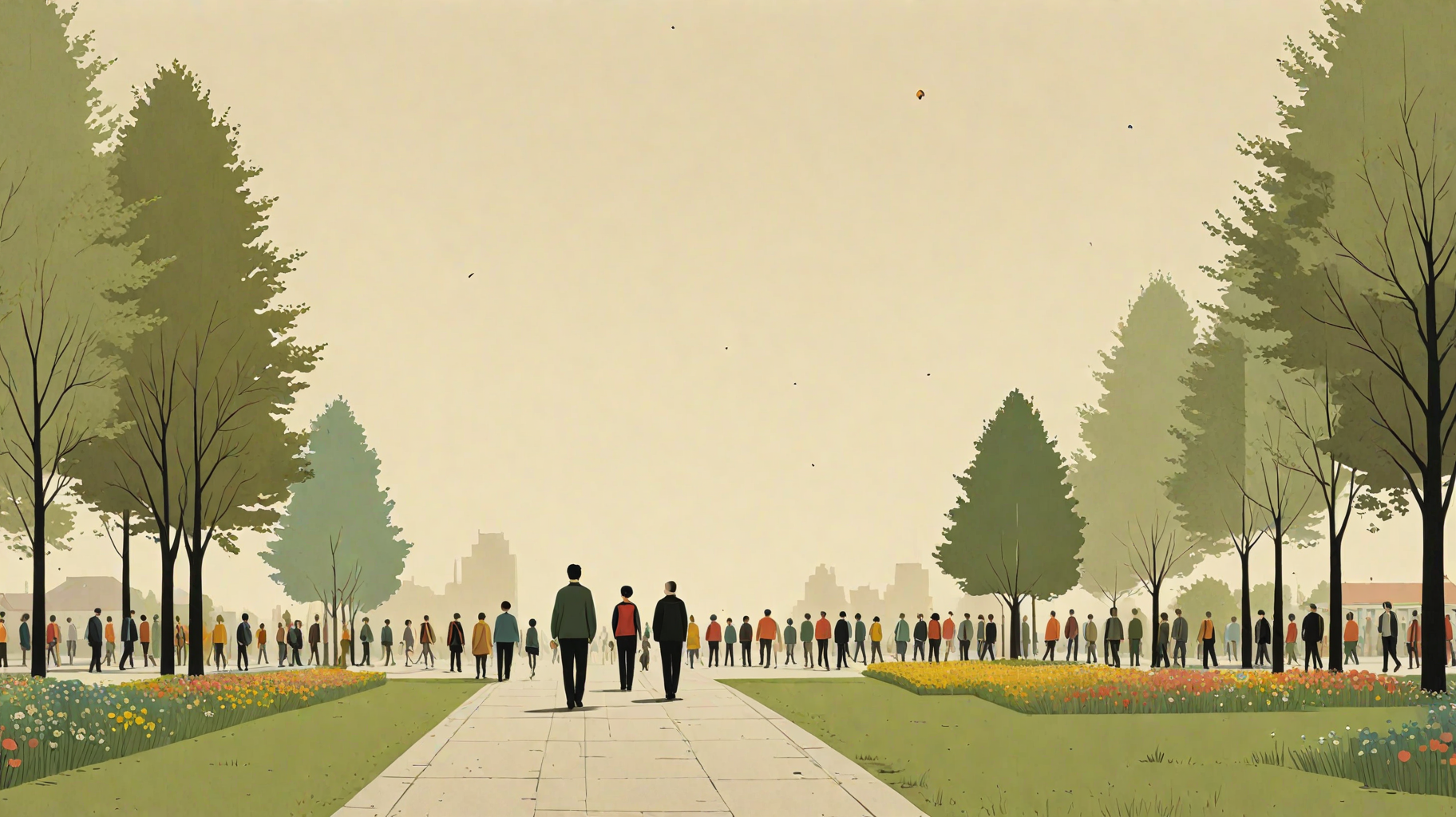In their book The Real World of College: What Higher Education Is and What It Can Be, Howard Gardner and Wendy Fischman explore what stakeholders, on and off campus, believe to be the purpose of higher education and assess the degree to which these views are consistent. Their research began in 2012 when “return on investment” was emerging as the catchphrase for pragmatic families choosing a post-secondary path amid rapidly rising tuition rates. The authors hoped the effort would help validate a sector they believed to be second to none in terms of encouraging personal growth and understanding the world in all its complexity. After studying 10 campuses of diverse profiles and conducting over two thousand interviews, the researchers concluded that their views were not widely held and that higher education “had lost its way.”
Among their key findings was an uncertainty among students regarding their reason for attending college; a strong turn toward vocationalism (what they call “earning over learning”); and misalignment — between families and students on one hand and between faculty and administrators on the other — about what college is all about. In their exploration, one dominant element emerged: the consistent reporting that student mental health was the biggest problem in higher education today. Gardner and Fischman make plausible connections among these findings — including providing context for the mental health phenomenon — and deliver a series of recommendations for how higher education can reclaim its meritorious role in individuals’ lives and in society.
“We conclude that if higher education in the United States is to be successful in the twenty-first century, it needs to be sharply reframed,” they write in the book’s introduction.
This proposition is meticulously unpacked throughout the book, each chapter building a staircase of knowledge indicative of the authors’ unique contributions: Gardner, the famous developmental psychologist and giant in the academic theory space whose synthesis and sequencing reveal his decades as a professor; and Fischman, whose pure and artful approach to qualitative research succeeds in leading to authentic and, at times, vexing findings. In fact, The Real World of College raises as many questions as it answers, which led the authors to continue today their exploration of American higher education and the dynamics they believe have caused it to flounder.
Since publishing the book in 2022, Fischman, Gardner, and their research team have been working on another major initiative to help colleges and universities center ethics and character development, encouraging students to think not just about themselves, but about others around them. The Beyond the Self project is testing the probability that, with sensitive guidance and ample practice, today’s young people can move from “I” to “we,” an effort the researchers see as critical to the fate of higher education, as well as the country’s future. In their office in Cambridge, Gardner and Fischman are joined by their graduate assistant, Kate Abramowitz, in discussing their findings and the new work those have led them to. Together, the trio represent three generations of scholars hoping to steer higher education in a new direction to fit a rapidly changing world.
Real Findings
As is often the case with good research, The Real World of College evolved from previous work the authors had done at the Harvard Graduate School of Education’s Project Zero, from which Gardner launched the Good Work Project. For decades, the research center has explored various scenarios of ethics and character including the decline in the professional sense of responsibility for “good work.” The effort has produced ten books of various themes, including morality and ethics in high school students and young adults. Fischman, then just out of college, has now been working with Gardner for nearly 30 years and has co-authored a number of books and articles with him. The Real World of College is their most ambitious to date, and, while the research has a clear start and end, it is informed by and interwoven with their many years of working with students.
“In reflection sessions with college students for our Good Work Project, we would ask them about why they were in college and what they wanted to get out of it,” said Fischman. “We were struck by how many students really didn’t know why they were there, and we were really curious about that. This was around the time the value of a college experience was being called into question, and we began to wonder how other higher education stakeholders responded to the question, ‘Why go?’”
The Real World of College establishes four ways of thinking about going to college. These mental mindsets are: Inertial: one goes to college and thinks little about being there, does not participate significantly; Transactional: one goes to college and does what (and only what) is required to get a degree and then (hopefully) secure placement in graduate school or a job; Exploratory: one goes to college intentionally to take time to learn about diverse fields of study and try out new activities; and Transformational: one goes to college to question and reflect about one’s own values and beliefs with the possibility that they will be changed, hopefully in constructive ways.
“We were struck by how many students really didn’t know why they were in college.”
Their research showed that while few held an inertial mindset, nearly half of all students had a transactional view of college; these young persons were most concerned with grade-point averages and building their résumés and less concerned about personal and intellectual growth or expanding their understanding of the world around them.
“Students talked about academic rigor in terms of wanting to do well, getting As, not more challenging work,” said Fischman. “It was about performing well, being successful, and having those external markers of success.”
In their transactional view of college, students were joined by parents, alumni, and trustees, but were out of synch with on-campus stakeholders like faculty, administrators and staff; the latter informants tended to view the college experience through the exploratory and transformational lenses, what one might think of as the more traditional stance. This misalignment may account for the declining rates of confidence the public has in higher education. For the authors, it was another indication that the sector was losing its grip on its reason for existence — after all, they thought, if stakeholders just want jobs, they should go directly into job-training (and résumé-building) programs.
“Nearly 80% of faculty and administrators in our sample viewed college as an opportunity for transformation, so the difference between families and campus adults was really striking and really significant,” said Abramowitz. “If students are there for one reason, which likely reflects why their parents are sending them, and faculty and administrators are designing their courses with a completely different approach in mind, everybody’s going to be unhappy.”
Starting in 2012, Gardner and Fischman said they did not anticipate many of their findings, including what was far and away the most dominant: the prevalence of mental health issues among college students and the consistency with which all stakeholders believed this to be the number one problem in higher education today. “At the start, we didn’t ask them to rate problems,” said Fischman. “But simply to name what they thought was the biggest, and from there, mental health quickly became the number one area. It was one of the only topics that every stakeholder agreed on.”
As rates of mental health problems among college students soared in the 2010s, Gardner and Fischman became less surprised and more curious about the origins of the problem as well as how it might relate to their other findings. They found that students not only personally experienced mental health issues but believed them to be pervasive throughout higher education. Among the distress – mainly feelings of anxiety — was a deep sense of alienation. The authors were also compelled to understand what “mental health issues” really meant to college students.
“What does it take to say there’s a mental health problem?” asked Gardner. “I think if you did research across different societies and diverse cultures, you would find that there are very different answers to that question.”
The most common explanation for why mental health was considered the biggest problem on campus was academic stress. In a section in the book called “What keeps you up at night: the 3 a.m. worries,” Abramowitz writes that more than half of the students interviewed reported that academic stress was the reason. More than a fifth (17%) of students raise mental health issues in relation to these academic concerns. Again, the responses revealed a fixation on performance.
“For the most part, students talked about mental health problems relating to doing well in school, so the stress is focused again on these external markers,” said Fishman.
The authors do not purport to have any specific training or background in mental health and lean heavily on the literature to describe its prevalence among college students. But they do posit that their prescription for reframing the purpose of higher education may have a positive impact.
“If you think that college is just about getting straight A’s, developing your own profile and getting a job, you of course are going to have stress and anxiety about meeting those milestones. But if colleges were to encourage more of an exploratory or transformational mindset, they may also address some level of the mental health issues we are seeing.”
The Work of Reframing
In reflecting on their findings, Fishman, Gardner and Abramowitz discuss what they feel needs to be done for higher education to find its way, with an eagerness that underscores their own formative undergraduate experiences. While they discuss some concerns about Gen Z students’ preparedness to embrace the hard work of learning (one of the most frequently-used words in the responses was “mom”), the authors avoid judging the students. Instead, their analysis and recommendations are focused on the academy and its failure to adhere to, and communicate, its primary mission, indeed its primary reason for existing: effective learning.
“We would rather students be less concerned about their grades and more transformational and exploratory in their thinking about college, but it’s hard for them when they don’t understand what the mission of their institution is – or of the sector of higher education overall for that matter,” said Gardner.
The authors call this “mission sprawl,” which gives way to “projectitis” — the proliferation of offices and programs that, however well-intentioned, can serve to further distract and confuse students.
The most common explanation for why mental health was considered the biggest problem on campus was academic stress.
“In the late 19th century, when we minimized the religious missions of our traditional institutions — which people like me might have applauded at the time — we did not replace them with being a good citizen or having a well-trained mind,” said Gardner. “We replaced them with a grab-bag of these other things—most of which do not have explicit learning aspirations.”
Fischman concurs. “Colleges have become all things to all people and in doing so, they have lost their sense of purpose. Institutions need to remind themselves and their students what they stand for.”
The authors conclude that schools should establish a well-defined, easily understood mission that is introduced with explicit onboarding and reinforced by ensuring that any additional priority is intertwined into that overarching academic mission. In confronting the tenuous notion that college is simply a means to an end, the authors offer a new measure for what they believe is a far more lasting and valuable asset: higher education capital (HEDCAP). HEDCAP’s five constituents are the abilities to “Attend, Analyze, Reflect, Connect and Communicate.” HEDCAP encompasses key components of becoming a well-educated person – what Gardner terms higher ed’s “raison d’etre.”
The authors’ promotion of the learning mission includes a sense of thinking “outside of oneself,” a component that could obviate some of the ambiguity students have about college and might dial back the obsession with personal milestones. “You should know, as a student, that ‘I’m here because I can learn about the rest of the world, understand other people’s perspectives, and contribute something when I get into the world that will not only benefit me but benefit others as well,” said Fischman.
Gardner is even more emphatic. “If colleges don’t increase higher education capital – being able to think and understand better — we really should close them down. Given where we are with the world, if we don’t do something to get students beyond themselves, then we have also failed, because college is the last chance to think about these things—who we are and who we might become, what the world is like, how to think better about it and act more effectively and most compassionately—in the precious years before you go full-time into the world of work.”
Moving from “I” to “We”
In today’s internally focused world, getting stakeholders to think more broadly is a formidable challenge, particularly for young people who are relentlessly besieged with messages to the contrary. With a team of colleagues, Fischman, Gardner and Abramowitz are now working on a new project that they hope will nudge the sector toward recognizing the collective benefits of outward thinking.
“After the book was published, we were concerned about this transactional mindset and this preoccupation with self, so we piloted our own approach to try to get students to move from ‘I’ to ‘we,’ as we call it,” said Fischman.
For two years the researchers worked with over 150 students at four different colleges, instructing them to keep journals about difficult dilemmas. Fischman says they did not explicitly use the word “ethics” but prompted students to think about the ethical complexities of the dilemmas they described.
“Among the thousands of students we interviewed for The Real World of College, very few talked about decisions or dilemmas that affected other people,” she said. “We wanted to increase sensitivity to the fact that there are decisions you make and behaviors you have that affect others and there are things going on in the world that may not relate to you but may need your sense of agency.”
Another red flag raised in the book was the fact that while students reported cheating to be widespread on campus, they rated it as far less important to them than mental health and dismissed it as something they needn’t deal with or, indeed, even think about. This tracked to previous work the researchers had done with high school students (see her co-authored 2004 book, Making Good).
“We got the sense that teenagers believed that ethics were for later. ‘As a young person, I don’t need to worry about that. And actually, when I decide to cut corners and may not do the right thing, its justified because I’m moving forward and getting to where I need to be.’”
The notion that “ethics are for later” may seem detrimental, but Fischman believes it is an understandable response given the pressures placed on high school students to do all they can to get into the right college. In their work with college students, particularly first year students, the researchers found the reflection exercises, where students considered other people, constituted a welcome respite.
“We found the students really appreciated having that time to reflect on the world, as it was something they would not have done otherwise,” said Abramowitz. “Many of them expressed benefits for their mental health, though that was not our primary focus.”
The journaling effort has shown promising results, and the researchers are now looking to expand their impact by working with select colleges and universities to embed their “Beyond the Self” approach within existing curriculum like first year programs or capstone experiences. The work is funded by the Kern Family Foundation, a national nonprofit dedicated to empowering young people to build flourishing lives anchored in strong character and inspired by quality education. The work includes interviewing alumni who participated in Beyond the Self programs and other initiatives focused on building sensitivity to ethics and character, in order to understand how it may have affected how they see the world, their lives and their careers. The research with alumni is part of what Fischman describes as a whole-institution approach to paving the “I” to “we”’ pathway.
“We are looking at institutions that are taking on this approach and trying to understand: Do students come to these schools prepared for this mission? What do they take away? How do they leave and what have they gained? And, ideally, what might society gain?”









